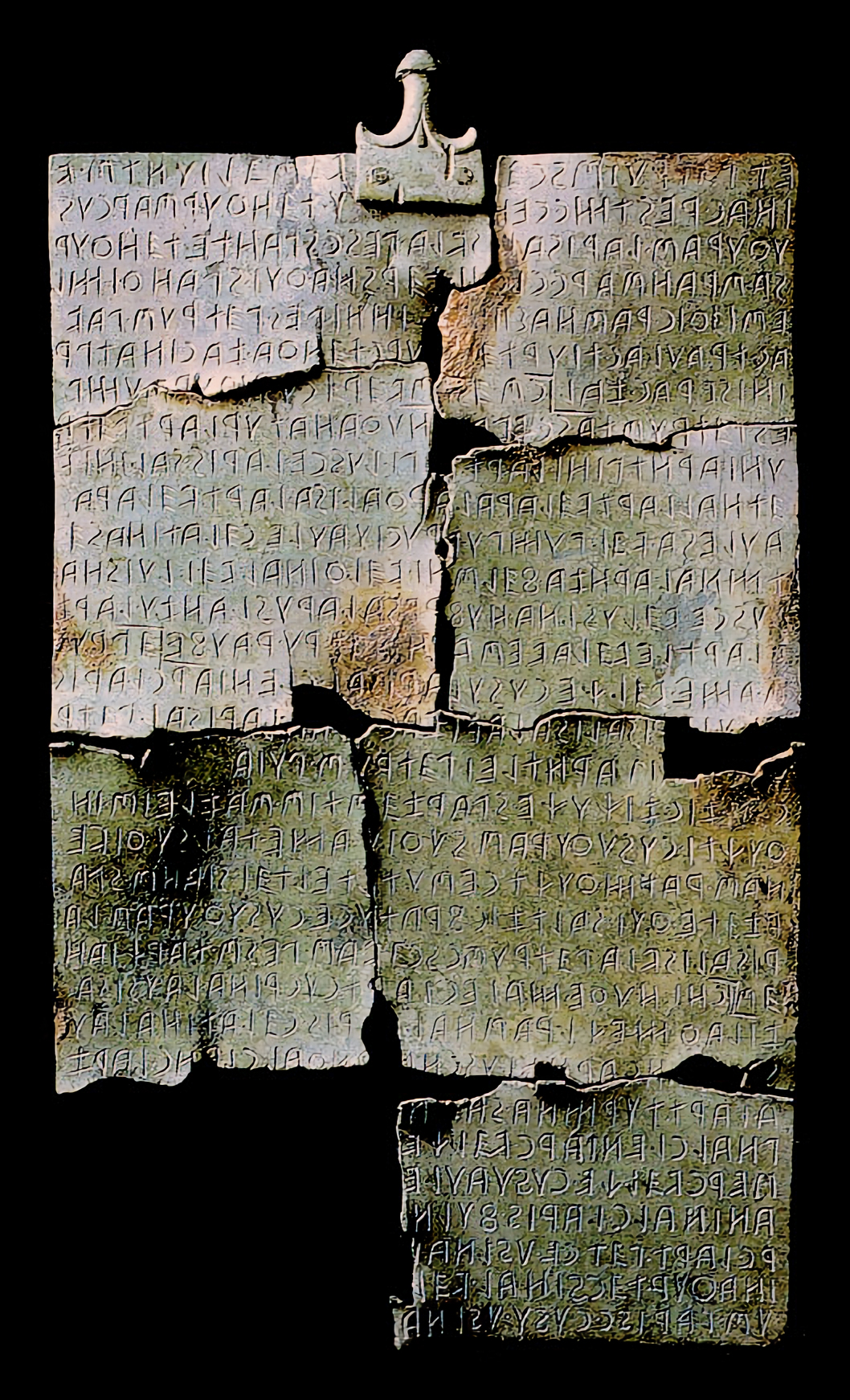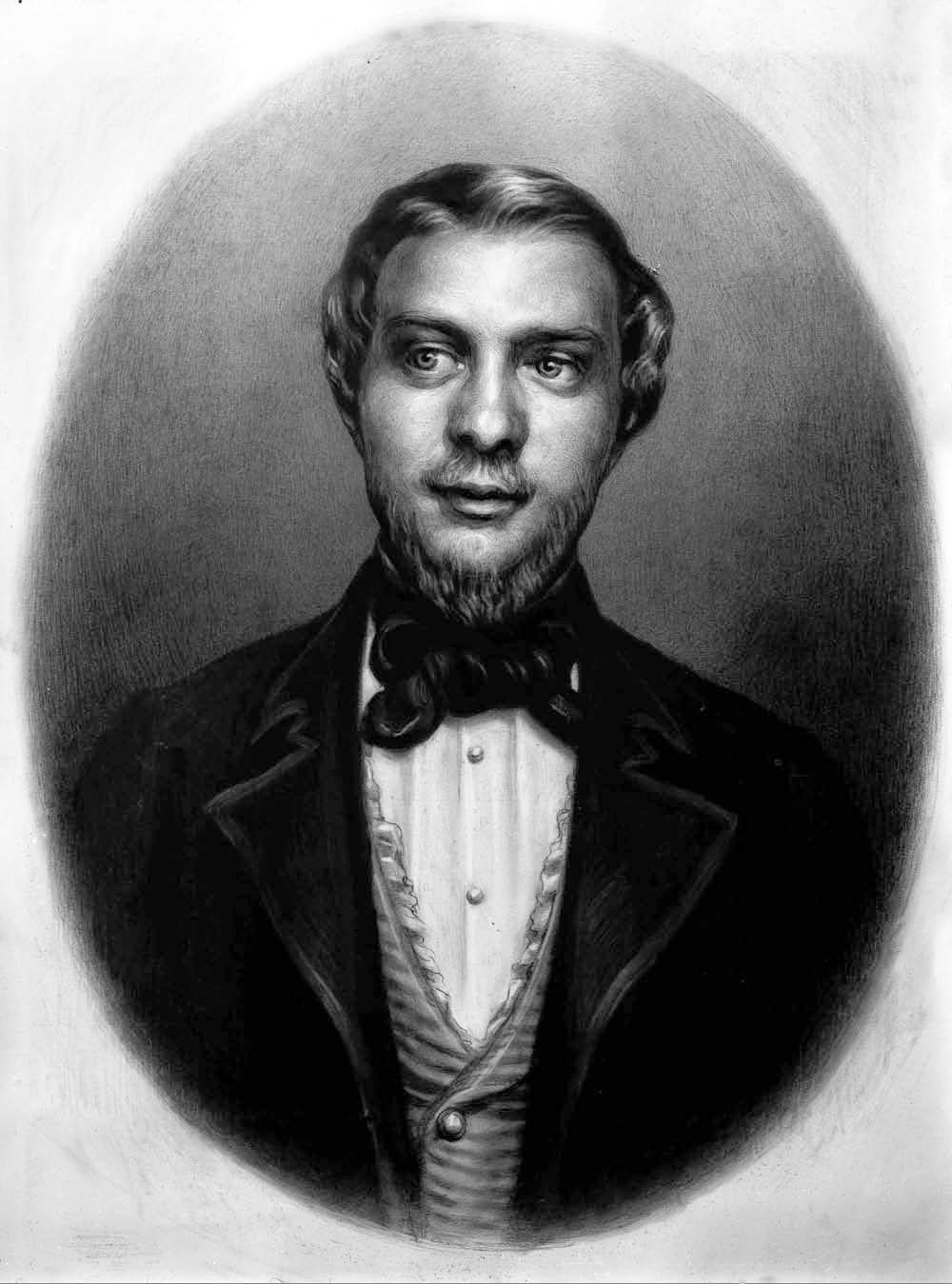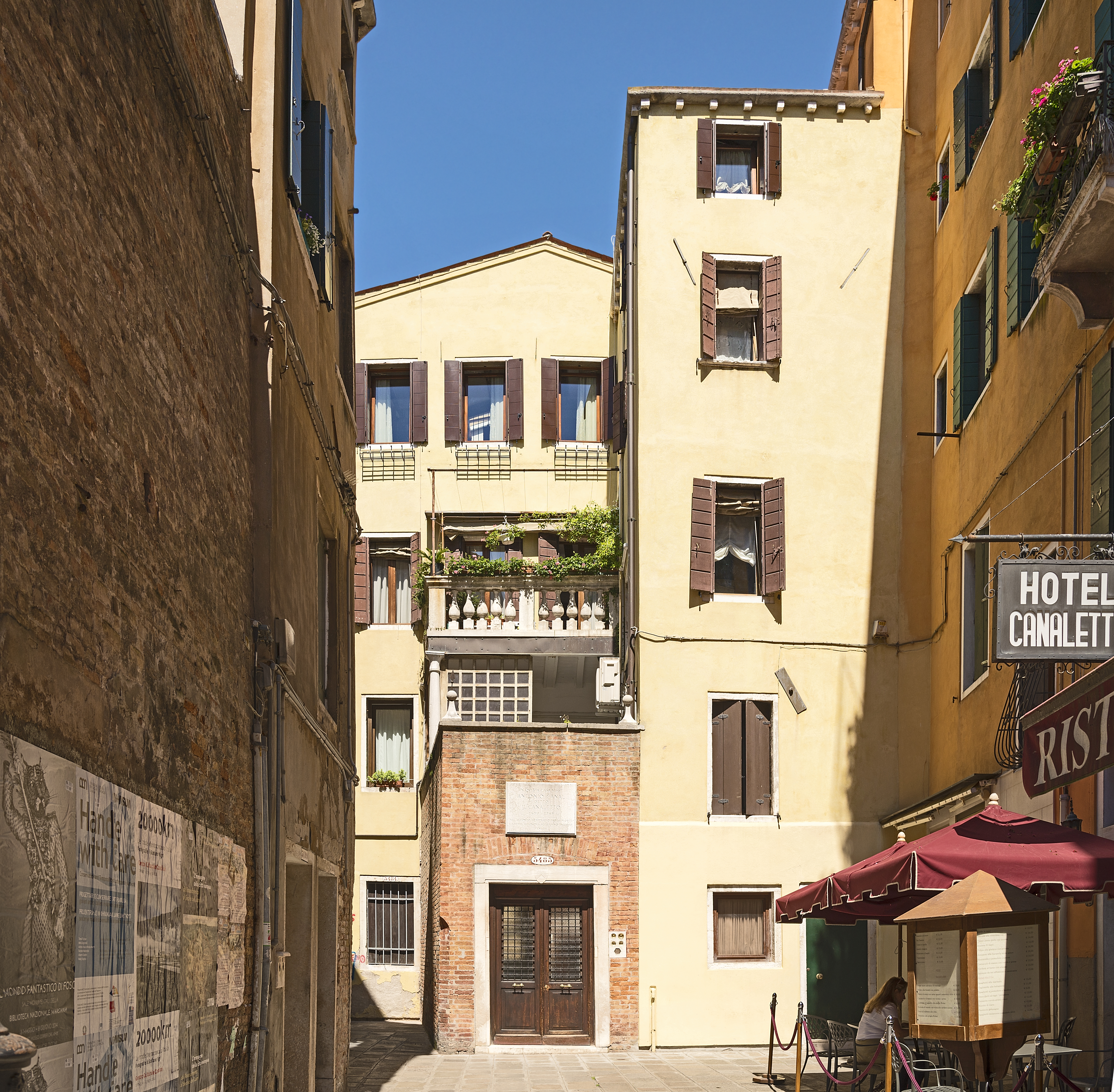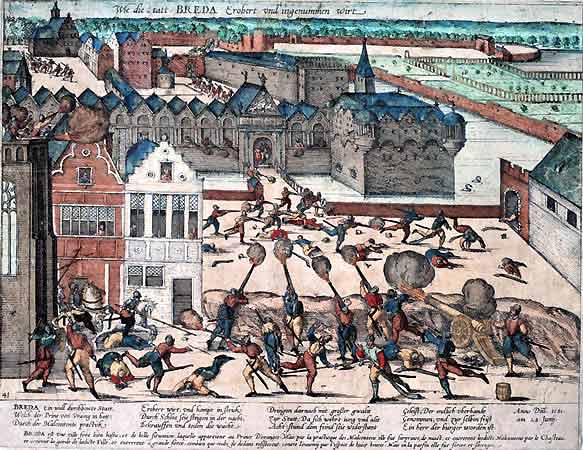|
Trolleybuses In La Spezia
The La Spezia trolleybus system ( it, Rete filoviaria della Spezia) forms part of the public transport network of the city and ''comune'' of La Spezia, in the region of Liguria, northwest Italy. The current system is in operation since 1951; previously, at the start of the twentieth century, La Spezia was served by a pioneering experimental system. History The first, pioneering, trolleybus service in La Spezia was active between 1906 and 1909, and ran from the city centre to Fezzano, on the road to Portovenere. It was an experimental line, one of the first to be built in Italy, and was served by ''Omnibus Turrinelli'' vehicles numbered from 31 to 34. After World War II, trolleybuses returned to town in a more modern form, to replace the tram system that had become obsolete. La Spezia's first regular trolleybus line entered service in 1951. It was operated with Fiat 668 model trolleybuses bodied by Viberti, and with electrical equipment by Ansaldo. Numbered 201 to 213, they ... [...More Info...] [...Related Items...] OR: [Wikipedia] [Google] [Baidu] |
Solaris Bus & Coach
Solaris Bus & Coach is a Polish producer of public transport vehicles (buses, trolleybuses and trams), with its headquarters in Bolechowo-Osiedle near Poznań. It is a subsidiary of Spanish CAF. Solaris owns four production sites: its main factory and headquarters in Bolechowo (final assembly of buses and trolleybuses), two plants in Środa Wielkopolska (a welding shop for bodyframes of buses and trolleybuses and a welding shop for tram bodies) as well as a final assembling hall for rolling stock, located in Poznań, in Wieruszowska street. The firm arose from the enterprise Neoplan Polska established in 1994. A production facility was launched in Bolechowo-Osiedle near Poznań in 1996. The first low-floor bus produced in Bolechowo rolled off the assembly line on 22 March 1996 and it is this very date that is understood as the beginning of the company's history. 1999 saw the première of the first city bus of the Solaris brand – the Solaris Urbino 12. In 2001 the company was ... [...More Info...] [...Related Items...] OR: [Wikipedia] [Google] [Baidu] |
Pistoia
Pistoia (, is a city and ''comune'' in the Italian region of Tuscany, the capital of a province of the same name, located about west and north of Florence and is crossed by the Ombrone Pistoiese, a tributary of the River Arno. It is a typical Italian medieval city, and it attracts many tourists, especially in the summer. The city is famous throughout Europe for its plant nurseries. History ''Pistoria'' (in Latin other possible forms are ''Pistorium'' or ''Pistoriae'') was a centre of Gallic, Ligurian and Etruscan settlements before becoming a Roman colony in the 6th century BC, along the important road Via Cassia: in 62 BC the demagogue Catiline and his fellow conspirators were slain nearby. From the 5th century the city was a bishopric, and during the Lombardic kingdom it was a royal city and had several privileges. Pistoia's most splendid age began in 1177 when it proclaimed itself a free commune: in the following years it became an important political centre, ... [...More Info...] [...Related Items...] OR: [Wikipedia] [Google] [Baidu] |
Trolleybus Systems By City
A trolleybus (also known as trolley bus, trolley coach, trackless trolley, trackless tramin the 1910s and 1920sJoyce, J.; King, J. S.; and Newman, A. G. (1986). ''British Trolleybus Systems'', pp. 9, 12. London: Ian Allan Publishing. .or trolleyDunbar, Charles S. (1967). ''Buses, Trolleys & Trams''. Paul Hamlyn Ltd. (UK). Republished 2004 with or 9780753709702.) is an electric bus that draws power from dual overhead wires (generally suspended from roadside posts) using spring-loaded trolley poles. Two wires, and two trolley poles, are required to complete the electrical circuit. This differs from a tram or streetcar, which normally uses the track as the return path, needing only one wire and one pole (or pantograph). They are also distinct from other kinds of electric buses, which usually rely on batteries. Power is most commonly supplied as 600-volt direct current, but there are exceptions. Currently, around 300 trolleybus systems are in operation, in cities and towns in 4 ... [...More Info...] [...Related Items...] OR: [Wikipedia] [Google] [Baidu] |
Cortona
Cortona (, ) is a town and ''comune'' in the province of Arezzo, in Tuscany, Italy. It is the main cultural and artistic centre of the Val di Chiana after Arezzo. Toponymy Cortona is derived from Latin Cortōna, and from Etruscan 𐌂𐌖𐌓𐌕𐌖𐌍 (curtun). This may be related to Indo-European *ghortos meaning "enclosed place" and consequently walled city like Latin hortus, German Garten, Italian orto, English yard, and Slavic grad. The name may also be linked to the Phrygian town of Gordium in Anatolia, although the founding myth for the latter is that it was named after founder, King Gordias. However, the Etruscan language is probably a pre-Indo-European language, and therefore if it was named by the Etruscans, an Indo-European etymology is uncertain. The Umbrian language, by contrast, is an Italic language, so if it was named by them, a link to Indo-European roots would be more likely. George Dennis suggests that it was known by many names "Corytus, Croton, Croto ... [...More Info...] [...Related Items...] OR: [Wikipedia] [Google] [Baidu] |
List Of Trolleybus Systems In Italy
This is a list of trolleybus systems in Italy by '' Regione''. It includes all trolleybus systems, past and present. Italian peninsula Abruzzo Campania Emilia-Romagna Friuli-Venezia Giulia Lazio Liguria Lombardy Military line: Marche Piedmont Apulia Tuscany Umbria Aosta Valley Veneto Military lines: Sardinia Sicily See also * List of trolleybus systems, for all other countries * Trolleybus usage by country * List of town tramway systems in Italy * List of light-rail transit systems * List of rapid transit systems These lists of rapid transit systems are sorted by the type of system: * List of tram and light rail transit systems * List of town tramway systems * Medium-capacity rail transport system * List of premetro systems * List of metro systems * List of ... Sources Books and periodicals * Bruce, Ashley R. ''Lombard-Gerin and Inventing the Trolleybus''. (2017) Trolleybooks (UK). * Murray, Alan (2000). ''Wor ... [...More Info...] [...Related Items...] OR: [Wikipedia] [Google] [Baidu] |
La Spezia Centrale Railway Station
La Spezia Centrale railway station is the main station of La Spezia, situated in the Piazza Medaglie d’Oro in the city centre. Overview It is the largest of four stations in the municipal area (there are also passenger stations at La Spezia Migliarina and Ca' di Boschetti and a goods station (La Spezia Marittima) inside the port of La Spezia). The station is located on the line from Genoa to Pisa, which runs along the Tyrrhenian Sea. It is also the terminus of the Pontremolese railway to Parma. It has four platforms. History The station was inaugurated in 1887, replacing the ''Valdellora'' station that had served La Spezia since the railway was extended there from Massa on 4 August 1864. ''Valdellora'' station became a goods yard. The new Centrale railway station meant that the new neighborhood of Umbertino, then under construction, became the centre of La Spezia. Gallery File:Cisalpino a La Spezia C.le.JPG, Cisalpino train from Zürich See also *History of rail transp ... [...More Info...] [...Related Items...] OR: [Wikipedia] [Google] [Baidu] |
Solaris Trollino
Solaris Trollino is a series of low-floor trolleybuses designed for public transport, produced since 1999 by the Polish company Solaris Bus & Coach. The power regulation electronics and traction motors are delivered by other companies, such as Škoda Electric, Kiepe Electric, or Cegelec. The first prototype was produced in 2001 and ran the first races on the Gdynia road network. Description and models There are four different length variants (the number indicates length in meters): * Solaris Trollino 12 (also sold as Škoda 26Tr Solaris) * Solaris Trollino 15 (also sold as Škoda 28Tr Solaris) - no longer in production * Solaris Trollino 18 (articulated, also sold as Škoda 27Tr Solaris) * Solaris Trollino 24 (bi-articulated, also sold as Škoda-Solaris 24M) The trolleybuses can be fully dependent on wires, or they can be equipped with supercapacitors A supercapacitor (SC), also called an ultracapacitor, is a high-capacity capacitor, with a capacitance value mu ... [...More Info...] [...Related Items...] OR: [Wikipedia] [Google] [Baidu] |
AnsaldoBreda
Hitachi Rail Italy S.p.A. is a multinational rolling stock manufacturer company based in Pistoia, Italy. Formerly AnsaldoBreda S.p.A., a subsidiary of state-owned Finmeccanica, the company was sold in 2015 to Hitachi Rail of Japan. After the deal was finalized, the current name was adapted in November 2015 to reflect the new ownership. History Early history: Ansaldo and Breda Ansaldo In 1853, the company '' Gio. Ansaldo & C.'' was registered in Genoa as a manufacturer of steam locomotives, rail rolling stock and steam engines. The company was backed by Camillo Benso, Count of Cavour, the powerful finance minister of Piedmont-Sardinia, who aimed to reduce its dependence on imported trains and rolling stock. Ansaldo entered the age of the steam locomotive in 1854 with its model FS113, also known as ''Sampierdarena''. During the First world war, Ansaldo became a large supplier of weapons to the Italian army; facing insurmountable difficulties with post-war reconversion to c ... [...More Info...] [...Related Items...] OR: [Wikipedia] [Google] [Baidu] |
Canaletto (La Spezia)
Giovanni Antonio Canal (18 October 1697 – 19 April 1768), commonly known as Canaletto (), was an Italian painter from the Republic of Venice, considered an important member of the 18th-century Venetian school. Painter of city views or ''vedute'', of Venice, Rome, and London, he also painted imaginary views (referred to as capricci), although the demarcation in his works between the real and the imaginary is never quite clearcut.Alice Binion and Lin Barton. "Canaletto." Grove Art Online. Oxford Art Online. Oxford University Press. Web. 6 Jan. 2017 He was further an important printmaker using the etching technique. In the period from 1746 to 1756 he worked in England where he painted many views of London and other sites including Warwick Castle and Alnwick Castle. He was highly successful in England, thanks to the British merchant and connoisseur Joseph "Consul" Smith, whose large collection of Canaletto's works was sold to King George III in 1762. Early career He w ... [...More Info...] [...Related Items...] OR: [Wikipedia] [Google] [Baidu] |
Breda
Breda () is a city and municipality in the southern part of the Netherlands, located in the province of North Brabant. The name derived from ''brede Aa'' ('wide Aa' or 'broad Aa') and refers to the confluence of the rivers Mark and Aa. Breda has 185,072 inhabitants on 13 September 2022 and is part of the Brabantse Stedenrij; it is the ninth largest city/municipality in the country, and the third largest in North Brabant after Eindhoven and Tilburg. It is equidistant between Rotterdam and Antwerp. As a fortified city, it was of strategic military and political significance. Although a direct Fiefdom of the Holy Roman Emperor, the city obtained a municipal charter; the acquisition of Breda, through marriage, by the House of Nassau ensured that Breda would be at the centre of political and social life in the Low Countries. Breda had a population of in ; the metropolitan area had a population of . History In the 11th century, Breda was a direct fief of the Holy Rom ... [...More Info...] [...Related Items...] OR: [Wikipedia] [Google] [Baidu] |
1 Pressi Del Megacine
1 (one, unit, unity) is a number representing a single or the only entity. 1 is also a numerical digit and represents a single unit of counting or measurement. For example, a line segment of ''unit length'' is a line segment of length 1. In conventions of sign where zero is considered neither positive nor negative, 1 is the first and smallest positive integer. It is also sometimes considered the first of the infinite sequence of natural numbers, followed by 2, although by other definitions 1 is the second natural number, following 0. The fundamental mathematical property of 1 is to be a multiplicative identity, meaning that any number multiplied by 1 equals the same number. Most if not all properties of 1 can be deduced from this. In advanced mathematics, a multiplicative identity is often denoted 1, even if it is not a number. 1 is by convention not considered a prime number; this was not universally accepted until the mid-20th century. Additionally, 1 is the ... [...More Info...] [...Related Items...] OR: [Wikipedia] [Google] [Baidu] |








